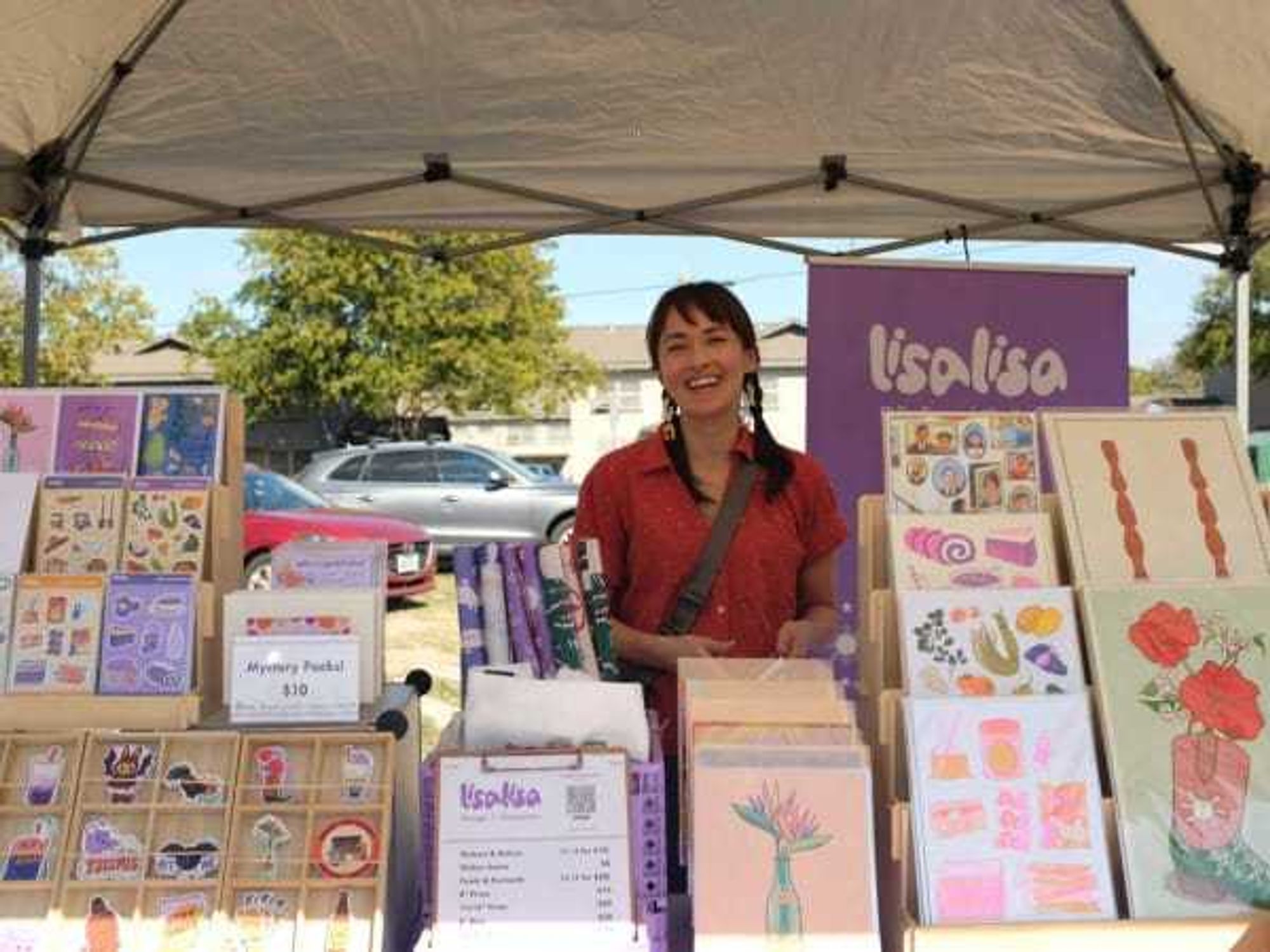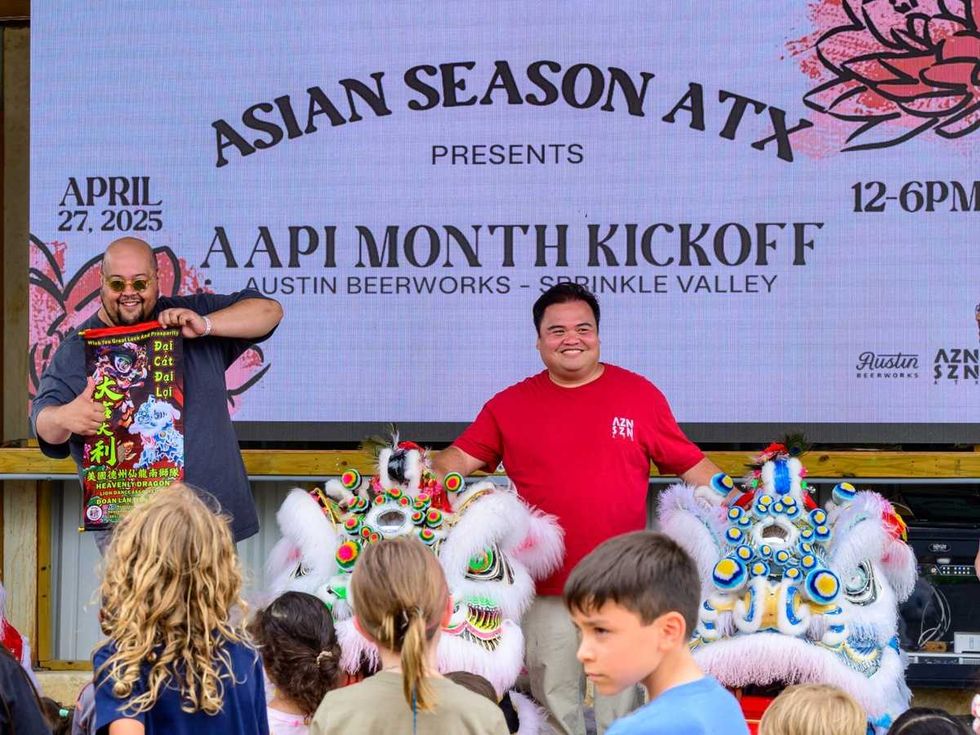East Side Stories
Awakened by art: Michener Center playwright Roger Reeves brings East Austin'shistory to the stage

 Roger Reeves
Roger Reeves
Playwright and poet Roger Reeves already has a long list of accolades: His poems have appeared in Poetry, Ploughshares, American Poetry Review, American Literary Review, Gulf Coast and the Indiana Review. He was awarded a Ruth Lilly Fellowship by the Poetry Foundation in 2008, two Bread Loaf Scholarships, an Alberta H. Walker Scholarship from the Provincetown Fine Arts Work Center and two Cave Canem Fellowships.
One year ago, Austin's own ProArts Collective commissioned Reeves to dig into East Austin residents' stories and memories to write a play set on the east side. The result, In Preparation of Eden, premiers as a staged reading at the Long Center this Thursday and Friday, April 19 and 20.
CultureMap talked to Reeves about his connection to East Austin, how he blends poetry and playwriting, and why he wants kids to have access to their own emotional landscapes.
What is your connection to Austin and why did you set In Preparation of Eden on the East Side?
I went to the Michener Center [for Writers] at UT Austin and received an MFA in Poetry, and I'm also finishing my PhD there. For me, Austin was not just a place I was coming to but a place that was going to be home for a while. [In Preparation of Eden] actually came about as a commission. ProArts Collective approached me about setting a play in Austin, and I thought this was a really brilliant idea because I had been thinking about this. I felt like I wanted to give something back to Austin.
The East Side has been so good to me. That's where I went and got my hair done when I started locking and it's where I ran — I actually ran on the east side. And so it was a place where I felt at home as someone not from Texas. I understood that in a lot of ways, the reason I was able to attend UT was because of the struggles of black folks had went through in Austin in terms of integrating the schools, in terms of integrating the University of Texas, and I really wanted to do something for them.
How did you find the stories from the East Side that became a part of the play?
The process was I started going to Holy Cross, which is a Catholic church there on the East Side. I figured that that's a way to get to know the community — just to get to know the community!
I was hearing these stories and then I was learning about Blackshear Elementary and the principal that came from Blackshear, and what was really interesting was how much education is in central East Austin and how important education is to the older black folks. Because in some ways, that's what I've learned through East Austin, that one of the movements they were interested in was how to educate their children.
So I started going regularly [to Holy Cross] and talking to a lot of the octogenarians and septuagenarians and all these really old people who had great, great stories about Austin. . .I really love older people and listening to them. Listening to old folks. There were so many stories. There were too many to tell.
If we're not making art for people, then I don't know who we're making it for. I just find it to be necessary. I think that plays are very much a communal act.
I was really interested in the black businesses, particularly the black taxi companies and how Austin Taxi actually comes out of the East Side. And there's a street called San Bernard on the East Side where a lot of white men from the West Side came and had black families, like second black families on the East Side. It was like a mini New Orleans, and that was one thing that became really interesting to me — the way in which [East] Austin was cosmopolitan in ways that reflected other places in the country.
[...I]n the play, I try to integrate all these little pieces of story. So San Bernard gets mentioned, and there are certain iconographic women and men that were in the city, and so I tried to make sure I pulled them into the characters' mouths as much as possible.
As a poet, how you are blending your lyrical style with a piece that is meant to be spoken?
As a playwright, I'm really interested in the way people sound. I actually think that people's voices are way more compelling than sometimes what they're even saying. I think that there are cadences and ways of speaking that are rhythmic and song-like and so one of the things that I focused on was giving everyone a distinct style of speech.
And then at the same time, really integrating in the storytelling things that are clearly fictive and ways of thinking about lyricism through images and through making.
I'm the type of poet that really loves a great image. I think that sometimes in presenting a great image you actually present everything that needs to be thought about. I was really interested in bringing in the magical or what I would call "the ancestral" and "the spiritual" as a way to think about the ethos that was behind some of the aesthetics of East Austin. . .I kept noticing that as folks were talking to me, they were always talking about who came before them, and so, I wanted to consider the voice of who came before too.
I was really interested in using poems of creation myths as a way to telling the play inside the play. Much in the way that Shakespeare did in Midsummer Night's Dream. In some ways, each line of a poem should tell you about the whole poem, and so I was interested in making each line of dialogue be able to speak back to the themes of the play, to the subject of the play. I wanted the words to carry weight, to move and not just be discardable.
You've worked with Austin Bat Cave to teach young people about poetry — how does working in the community feed you as an artist?
If we're not making art for people, then I don't know who we're making it for. I just find it to be necessary. I think that plays are very much a communal act. Think about the ritualistic history of it, right? It comes out of the Catholic church in terms of the Western tradition. Look at the West African tradition; it comes out of those rituals and sort of community - being able to deal with community issues. How do we air community issues?
I feel like playwriting in particular is a very social act and as it connects to the Batcave, it's funny — I think that's why I write plays, is actually to have a conversation with the community.
I've only worked with young folks and high school kids and middle school kids when it comes to poetry, and one of the things that I'm interested in with poetry is giving youth — particularly youth of color, — access to emotional landscapes that they have within them but people don't necessarily readily believe they do. I'm really interested kids developing an emotional and spiritual life around themselves.
Maybe it's because I'm interested in kids loving themselves. I know that sounds real "woo-woo" and spiritual, but if we can get young people — particularly kids of color — to believe in themselves and believe that they can be artists or anything they want, then they begin to start to see the myths that are trying to hold them back. The narratives that people are reading on to them.
For me, that's what art should be doing: Art is about pulling the scales from the eyes.
---
In Preparation of Eden is playing April 19th and 20th in the Rollins Theatre at the Long Center. Click here to purchase tickets.

 Asian vendors gathered for Tayo Na launch part, which celebrated the area's
Asian vendors gathered for Tayo Na launch part, which celebrated the area's  Asian Season ATX celebrates Asian Heritage Month at Austin Beerworks.Photo by Joi Conti Photography
Asian Season ATX celebrates Asian Heritage Month at Austin Beerworks.Photo by Joi Conti Photography